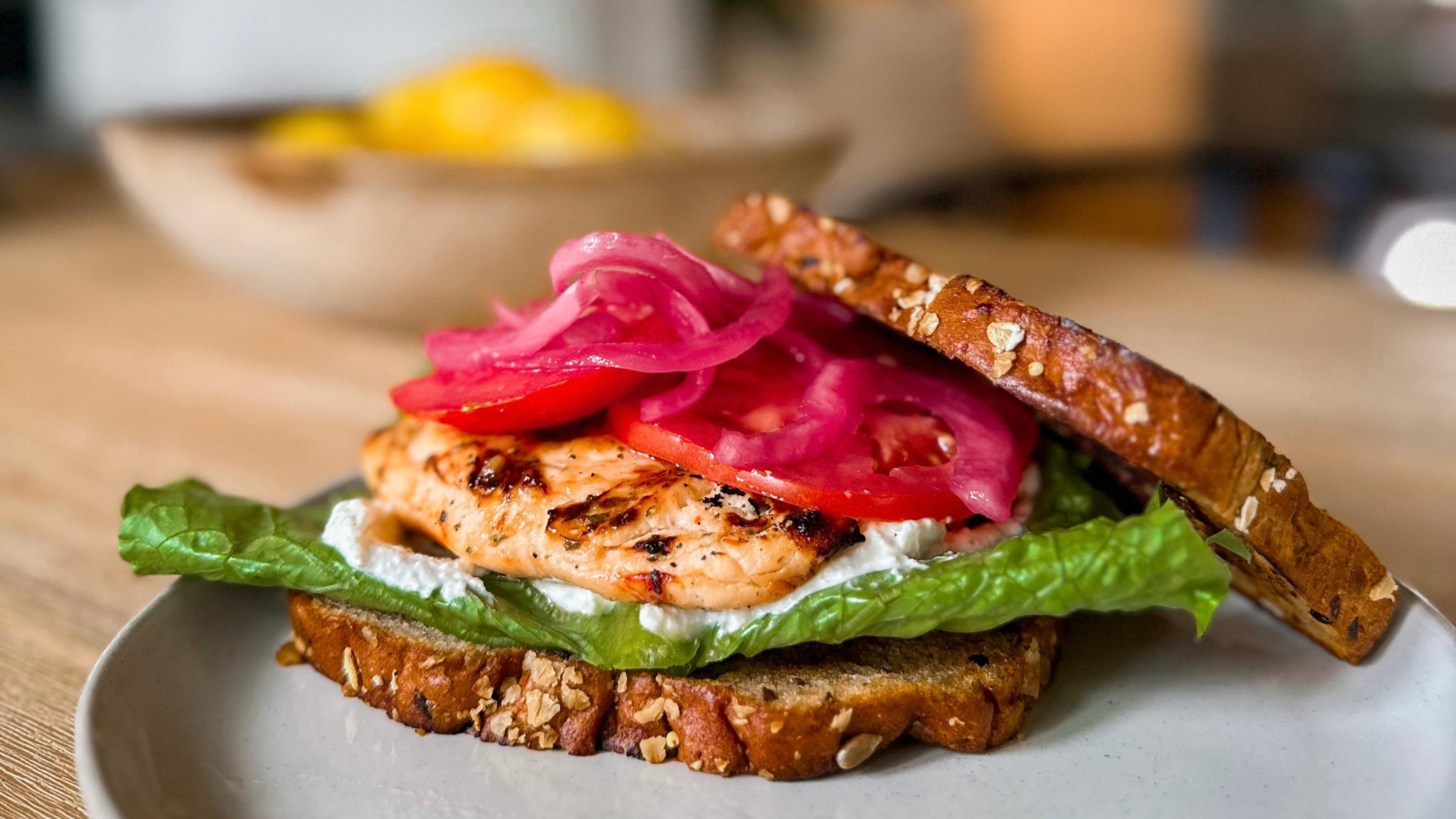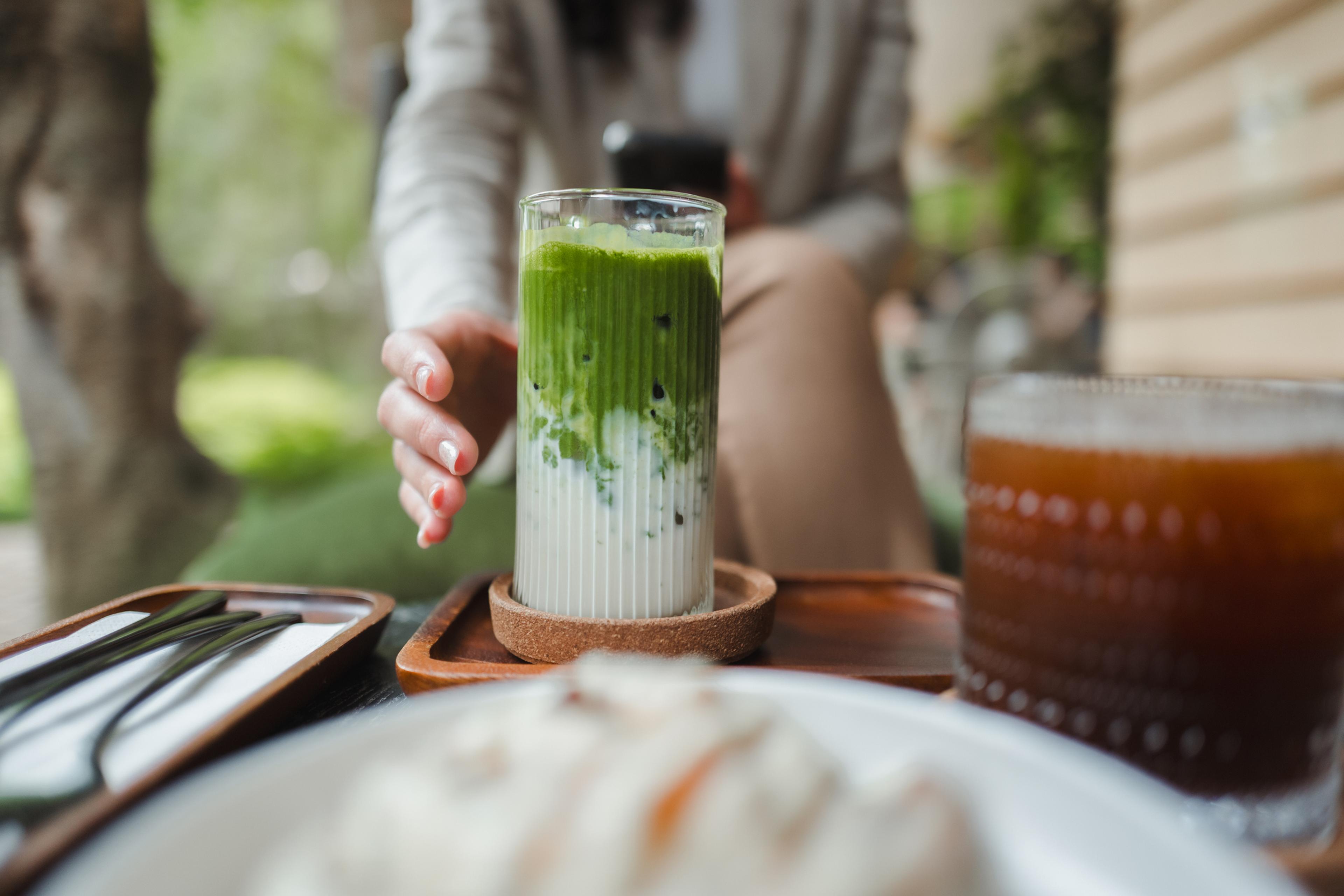Trend Alert: Bone Broth—4 Tips From a Broth Master

Julie Bitely
| 3 min read

There’s nothing better to warm your soul on a cold Michigan day than a cup of … bone broth?
Foodies, Paleo diet adherents, and local food advocates are latching on to – and ladling up – this hot new healthy food trend, which really isn’t new at all.
Lisa Rose is a Grand Rapids forager, herbalist, and author of the soon-to-be-released book “Midwest Foraging”. She’s also a devotee of broth, a food she’s been making long before it became trendy. Rose said, “herbal and bone broths have been simmering on the stoves of healing kitchens across the globe and across time.”
This “ancient food” brought together a very 21st-century crowd to partake in Rose’s recent class about making your own broth at Acorn Studios in Grand Rapids.
Making broth isn’t hard. Bones, herbs, water, and any other ingredients you choose to add are placed in a stockpot or slow cooker. The nutrients are extracted from the bones into the broth through extended cooking time and by adding an acid such as tomato paste or vinegar. The resulting liquid is full of amino acids, minerals, and collagen, which is believed to provide a number of health benefits.
Rose lists gastrointestinal tract nourishment, joint lubrication, skin revitalization, and blood enrichment as potential ways broth can be beneficial. Regular sipping can ease inflammatory bowel disease, serve as a preventative for rheumatoid arthritis, ease ulcerative colitis and gastritis, and address mineral deficiencies, she said.
If you want to give bone broth a try, Rose has these tips:
- Choose bones carefully. She prefers to source her bones from pastured, organic animals. Any bone can be used to make broth, but bones with a lot of marrow and with a lot of connective tissue such as knuckles and feet will provide the most nourishment.
- Turn up the heat. If you need broth or stock in a hurry, Rose said turning up the heat high is fine as it won’t destroy the minerals you’re after. Try to keep the temperature consistent, however, as removing heat and letting the stock cool could cause bacteria colonies to form.
- Add healthful plants. Rose throws in nettle, red clover, oat straw, seaweeds, horsetail, astragalus, burdock, and mushrooms such as reishi, maitake, shitake, and chaga to her broths. Celery, carrots, and loads of garlic are also great broth additions.
- Store carefully. Strain and store your broth in ball jars or containers and refrigerate. Broth keeps for about two days in the fridge and also can be frozen for up to 18 months.
Find a recipe for an herbal vegan broth and bone broth on Rose’s blog. Enjoy as just a warm, comforting cup of broth or use as a base for soups and other dishes. If you’re in the Grand Rapids area, you can find other class offerings by Rose here.
Want to know what else is hot in food and nutrition in 2015? Read about four more big food trends for 2015.
Photo credit: Tavallai





